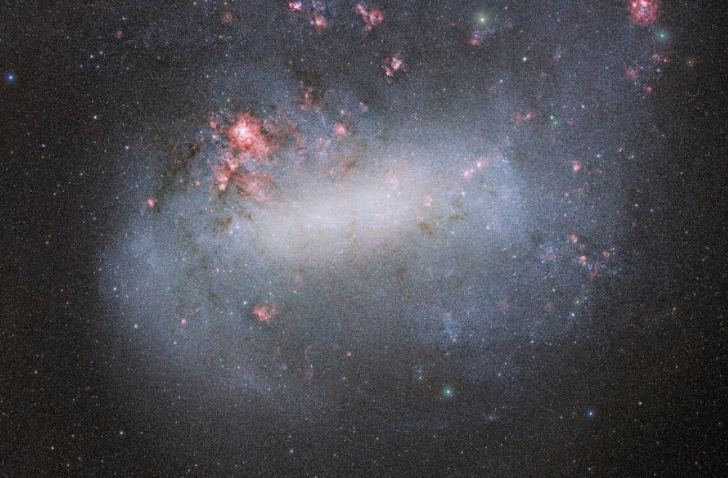This will reduce the level of inconsistency between different measurement methods
We have known for almost three decades that the Universe is expanding at an accelerating rate. A phenomenon called “dark energy” is responsible for this expansion. However, the expansion rate of the Universe, which is known as the Hubble constant, has not yet been accurately measured.
Not for lack of trying.
Over the past decades, several methods have been proposed for measuring the Hubble constant. However, the problem is that these methods produce different results, which creates confusion.
This mystery, known as the Hubble tension, is becoming increasingly difficult to resolve as the accuracy of measurements improves. Therefore, astronomers are looking for new and more accurate ways to measure the expansion of the Universe.
A new paper written by three Swiss scientists describes a method for improving one of the approaches. This method uses a group of red giants — old stars that have burned most of the hydrogen in their cores. At a certain point in their evolution, they switch from burning hydrogen to burning helium, and this change leads to a sharp increase in brightness. Stars at this stage of their life cycle reach the “top of the red giant branch,” TRGB (Tip of the red-giant branch). This allows them to be used as «standard candles» for more accurate measurement of distances between stars.
However, the brightness of these stars is not constant; they fluctuate. Fluctuations in brightness are associated with waves traveling through the layers of the star. Scientists know about these fluctuations from previous studies of stellar evolution, but they have not yet been taken into account in attempts to resolve the problem of the uniqueness of the Hubble tension. In the new work, scientists paid attention to this aspect and used it to determine the age of red giants located at the “top of the branch.” This made it possible to improve the measurement of the Hubble constant.
«Young red giants near the TRGB stage are slightly dimmer than their older counterparts. The fluctuations in brightness that we observe provide clues to what type of stars we are dealing with: older stars “fluctuate” with a lower frequency. Now that we can discern the ages of red giants in the TRGB, we can use this to improve our measurement of the Hubble constant, — says lead author Richard Anderson.
This work will potentially provide confidence in understanding the expansion of the Universe. However, it does not completely solve the Hubble tension problem. The largest gap between different measurements of the Hubble constant is between recent recent observations of Type 1A supernovae, Cepheid variables, kilonovae and red giants, and observations of the early Universe, particularly the cosmic microwave background.
Nevertheless, the more accurate the measurements, the more astrophysicists are confident that new laws are hidden in the physics of the Universe, waiting to be discovered. The study of red giant oscillations during the TRGB stage is a step in this direction.

